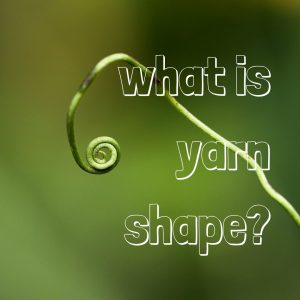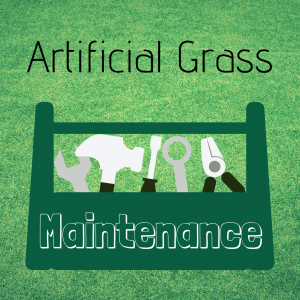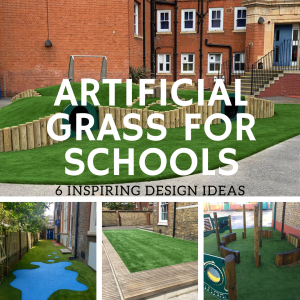Artificial grass has come a long way since it was first introduced as astro-turf back in the 1960’s. From local authorities who purchase in bulk for use in street scaping, to primary schools for children’s play areas and in the gardens of ordinary family homes, the sight of pristine, green artificial grass is becoming a familiar sight. However, with environmental concerns at the forefront of many news stories at the moment, consumers are starting to ask if artificial grass really is environmentally friendly.
So is artificial grass environmentally friendly? Well, the answer is more complex than just ‘yes’ or ‘no’, there are a few factors that need to be considered.
yes it is: four reasons for
1. Less water
Artificial lawns do not grow, which means they don’t need watering. The potential water savings are probably the most significant benefit of artificial turf. If water is ever going to be used on artificial grass, it would be to clean it – we recommend you only need to do this once a month at most.2. No mowing
As mentioned, artificial grass doesn’t grow. So you’ll never need to get your lawnmower out. Whether your mower is electric, diesel or petrol, this will create a huge saving in both cost and impact on the environment.3. Sustainability
If you choose a high quality grass, your artificial lawn could last for 20 years. Any reputable manufacturer will only guarantee their grass for 8 years, however it is known to have a much longer life span than that.
4. Reduced use of pesticides and fertilisers
To keep a natural lawn looking pristine 365 days a year, it will need regular chemical treatment, pesticides and fertilisers. Artificial grass eliminates the need for these chemicals, which are a major source of groundwater pollution.no it isn't: four reasons against
1. End of life issues
Artificial grass is made out of plastic, which we all know is not bio-degradable. So although artificial grass lasts for a long time, the end of life of the product needs to be strongly considered. However, with the demand for artificial grass ever increasing and the demand for products that can be recycled at end of life, it is likely that there will be a recyclable alternative created in the very near future.
2. It’s not living vegetation
Artificial grass doesn’t absorb CO2 or release Oxygen. It also doesn’t provide a habitat for living creatures that need real lawns in order to thrive. Although this will mean you’ll have no problem with pests and unwanted insects in your artificial grass, it could cause a huge problem for the other wildlife in your garden, especially those that feed on bugs. If you do install artificial grass, it is hugely important to ensure there are plants, trees, shrubs and extra vegetation in other parts of your garden to ensure the local wildlife can still thrive.
3. Manufacturing, transport and installation
As previously mentioned, artificial grass is made out of plastic, meaning that there are natural resources used and carbon emissions created during the manufacturing process. On top of this, the emission of harmful gasses and use of fossil fuels in the transportation of artificial grass also needs to be taken into consideration – especially as the majority of artificial grass is manufactured in Europe and China. The installation of artificial grass also has a negative impact on the environment – with the removal or compaction of soil and the introduction of adhesives into the environment.
4. Removal / compaction of soil for installation
Removing or compacting the soil during the installation of artificial grass reduces both the direct and indirect porosity of the soil. This means the structure of the soil is damaged, which means it can be easily lost through erosion by wind or water, as well as potentially damaging the roots of trees within the area. In serious situations, this could lead to landslides.
So, as you can see, there is no easy answer to the question “is artificial grass environmentally friendly”. We hope the eight above points for and against will help you make a decision on whether artificial grass is right for you. If you need more convincing, click here, or if you’d like to get some installation ideas for your garden first, click here.



